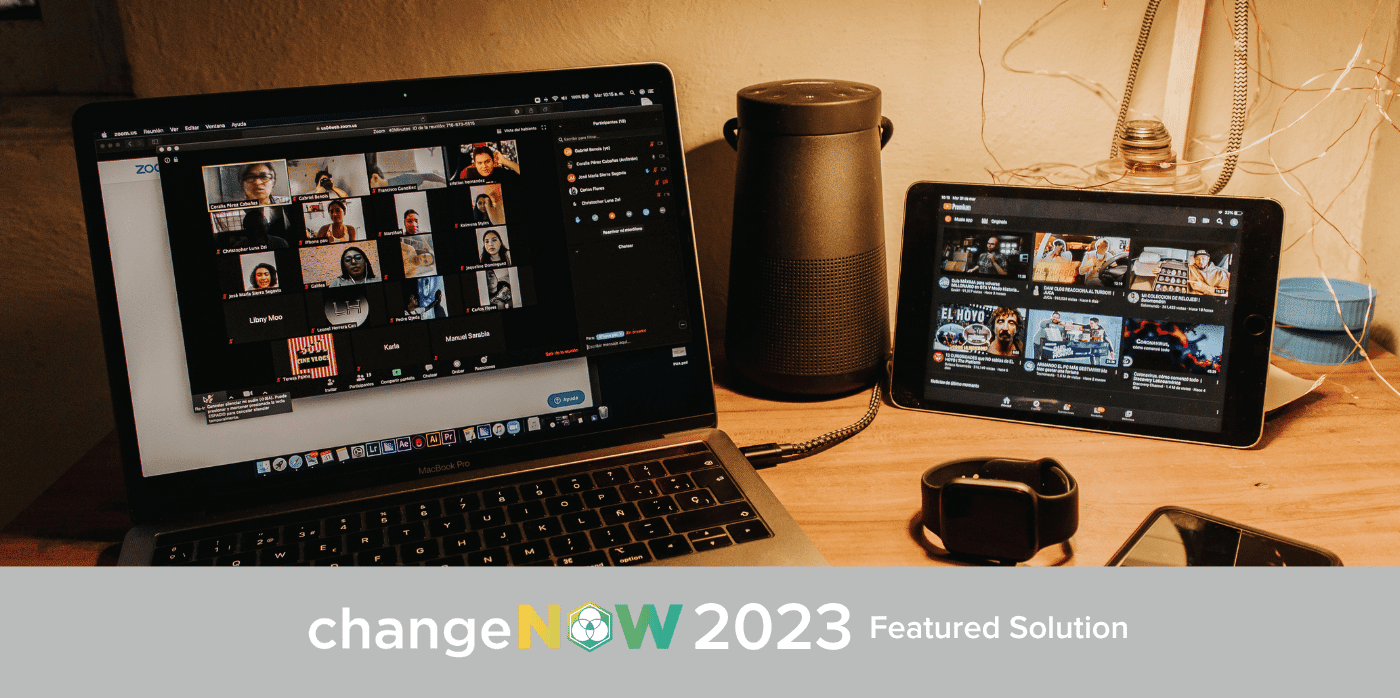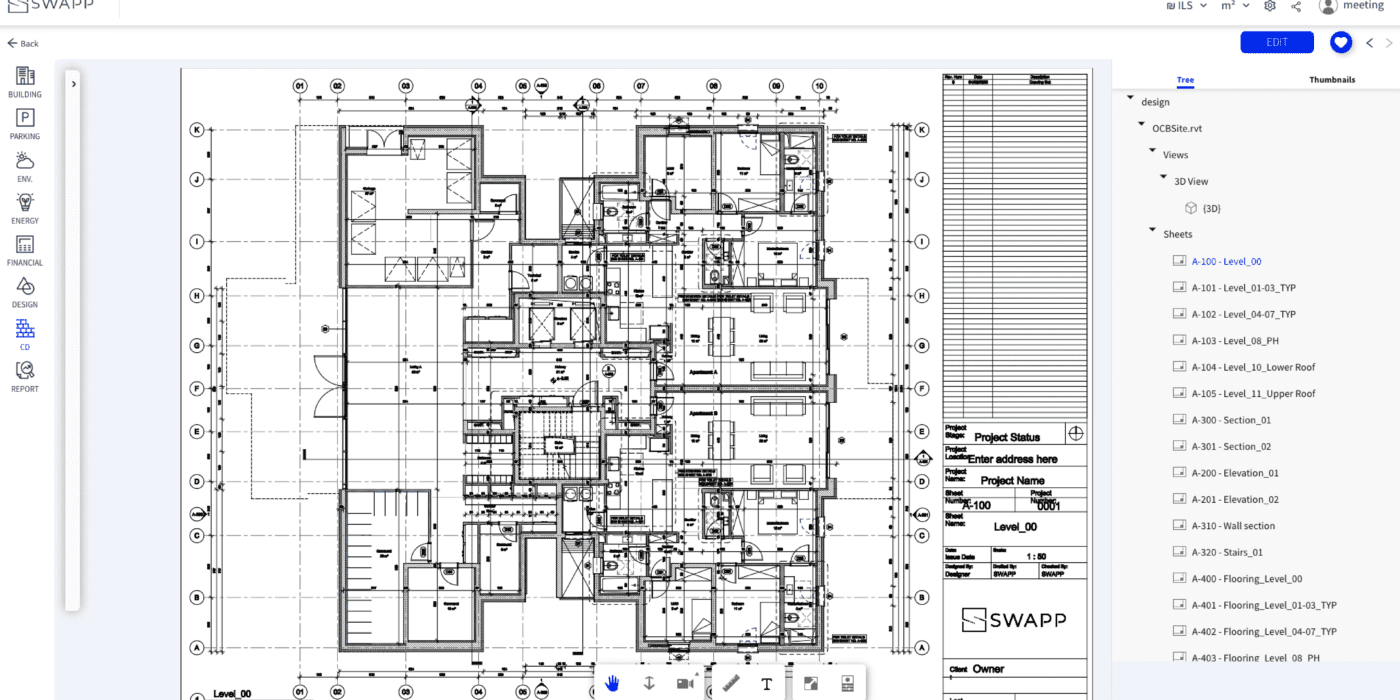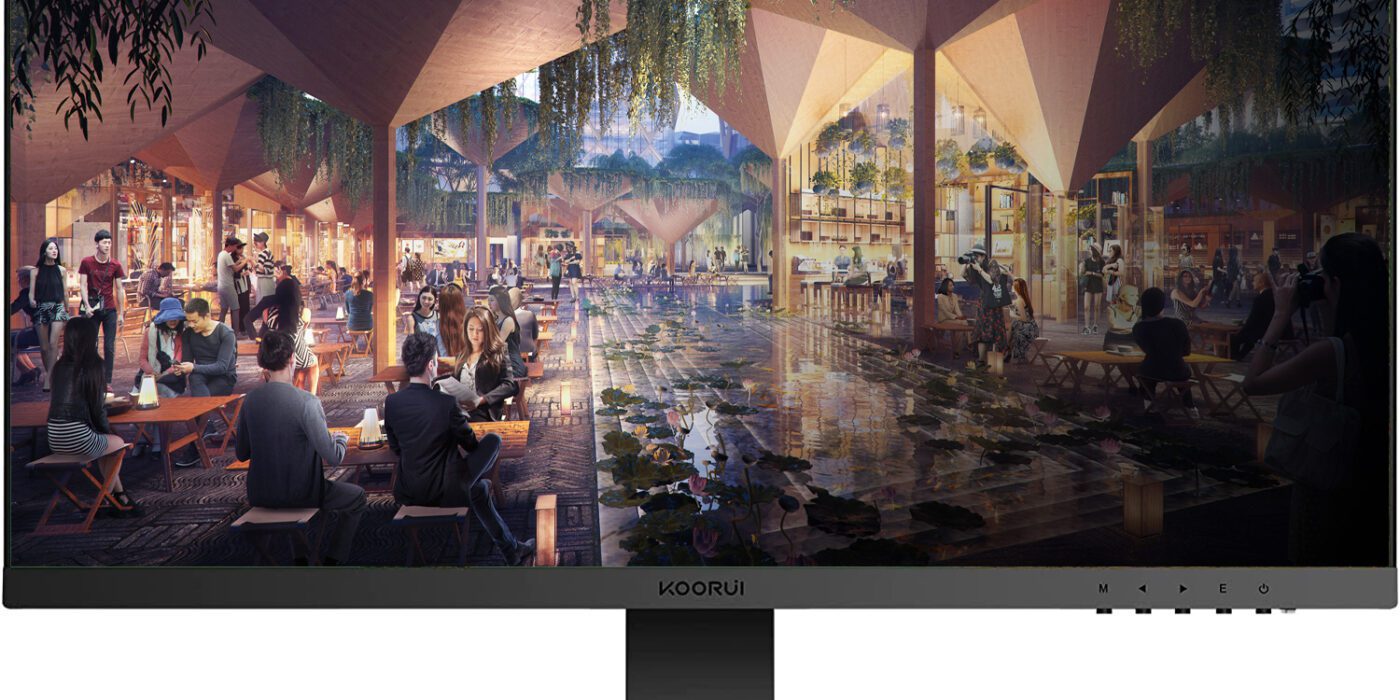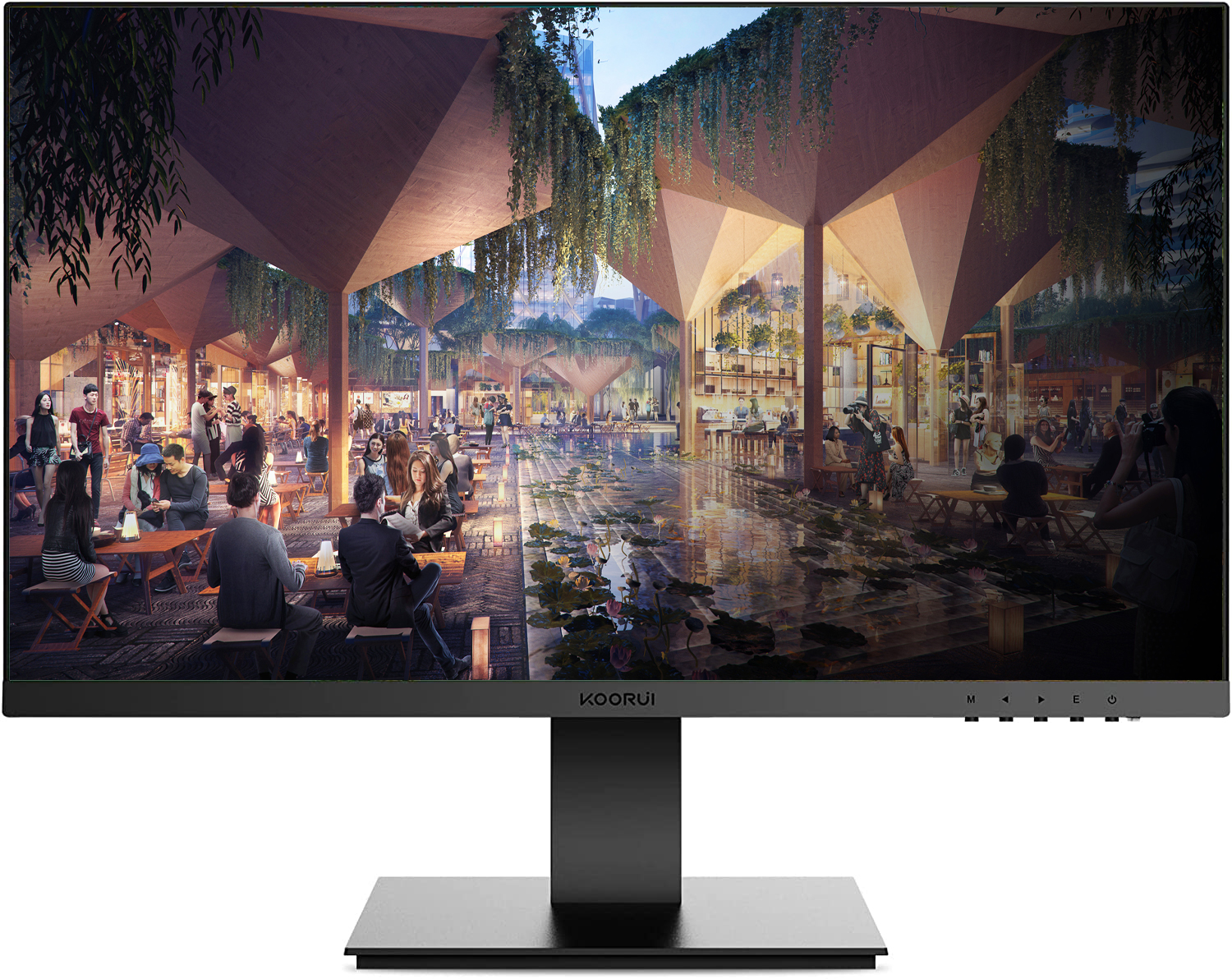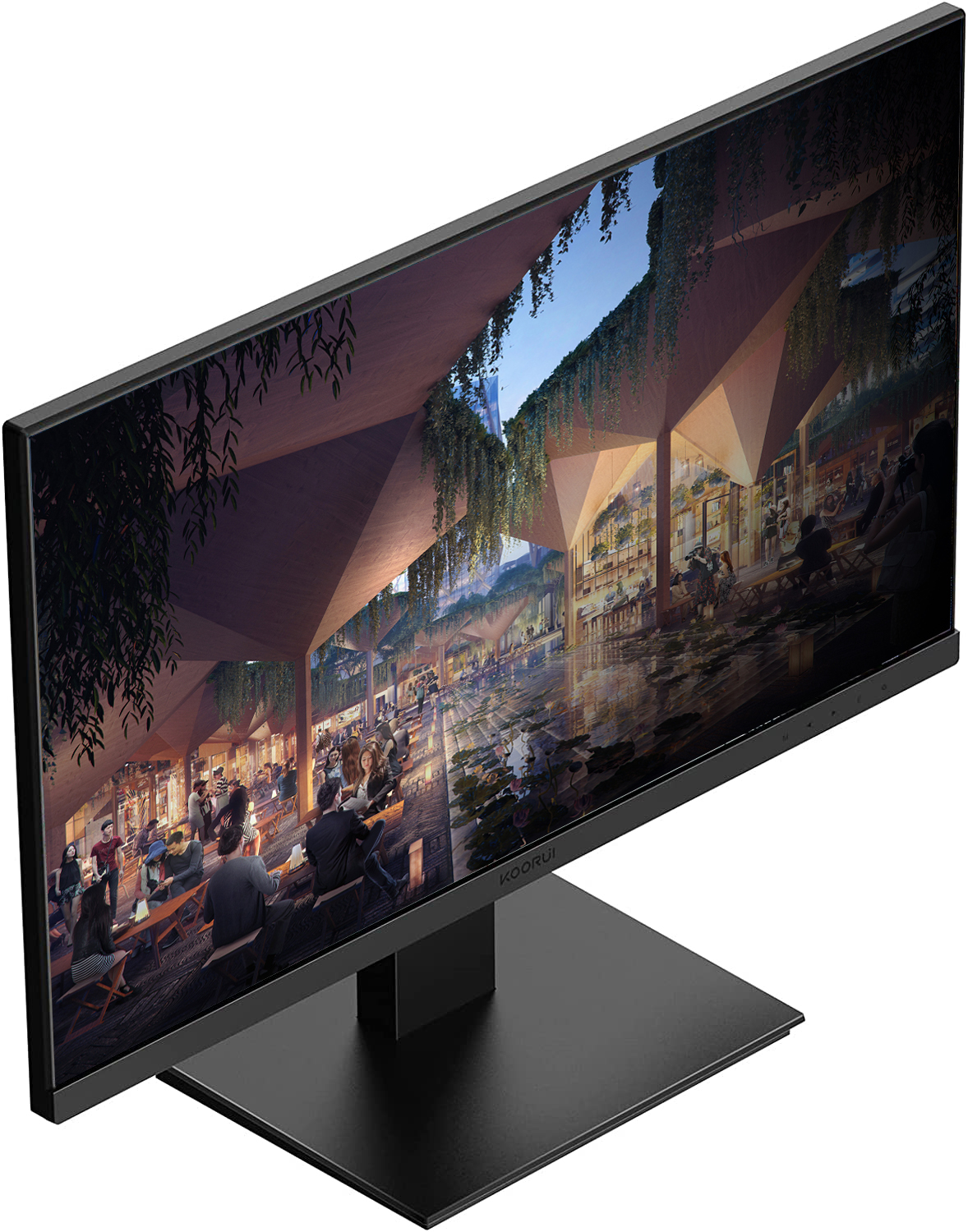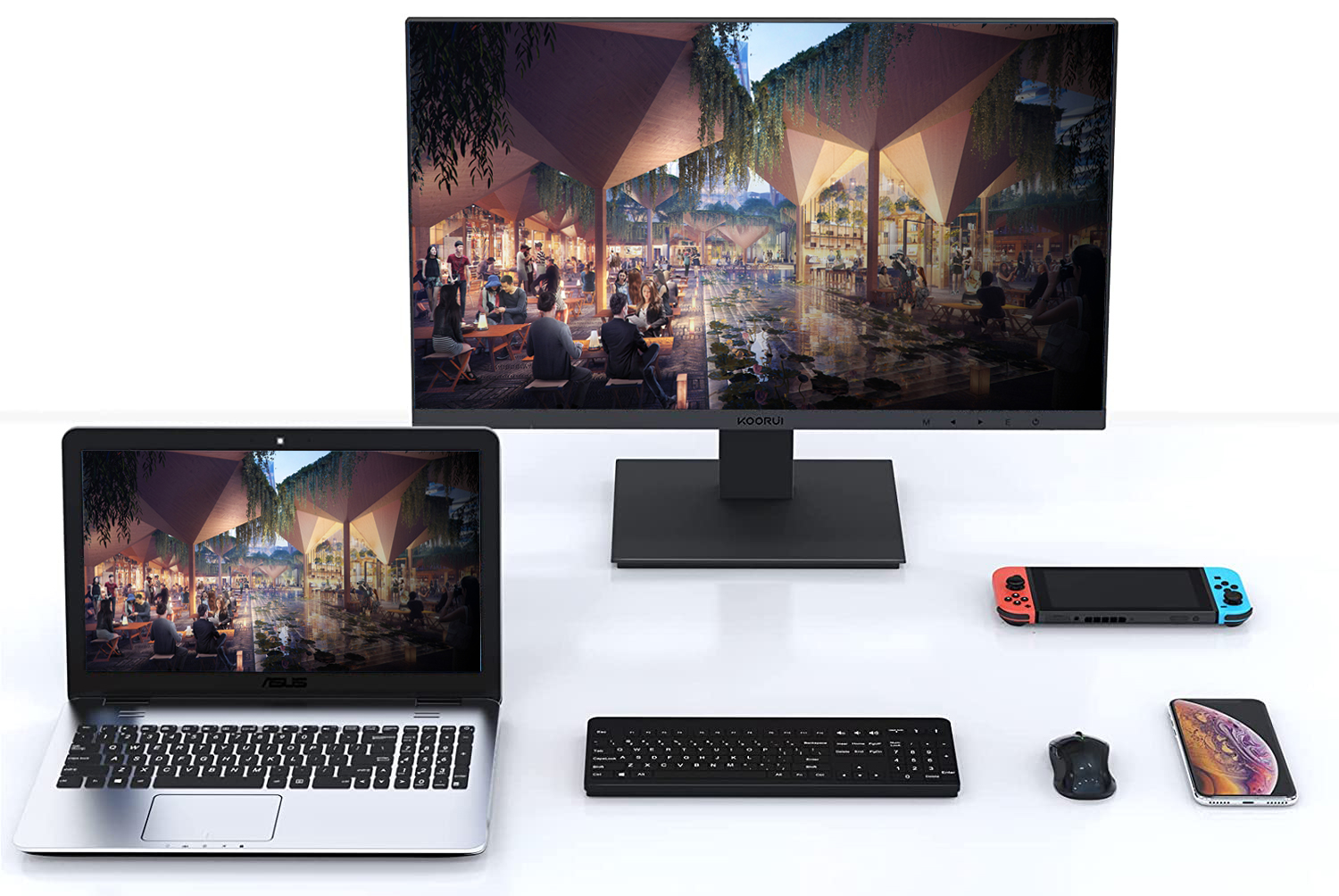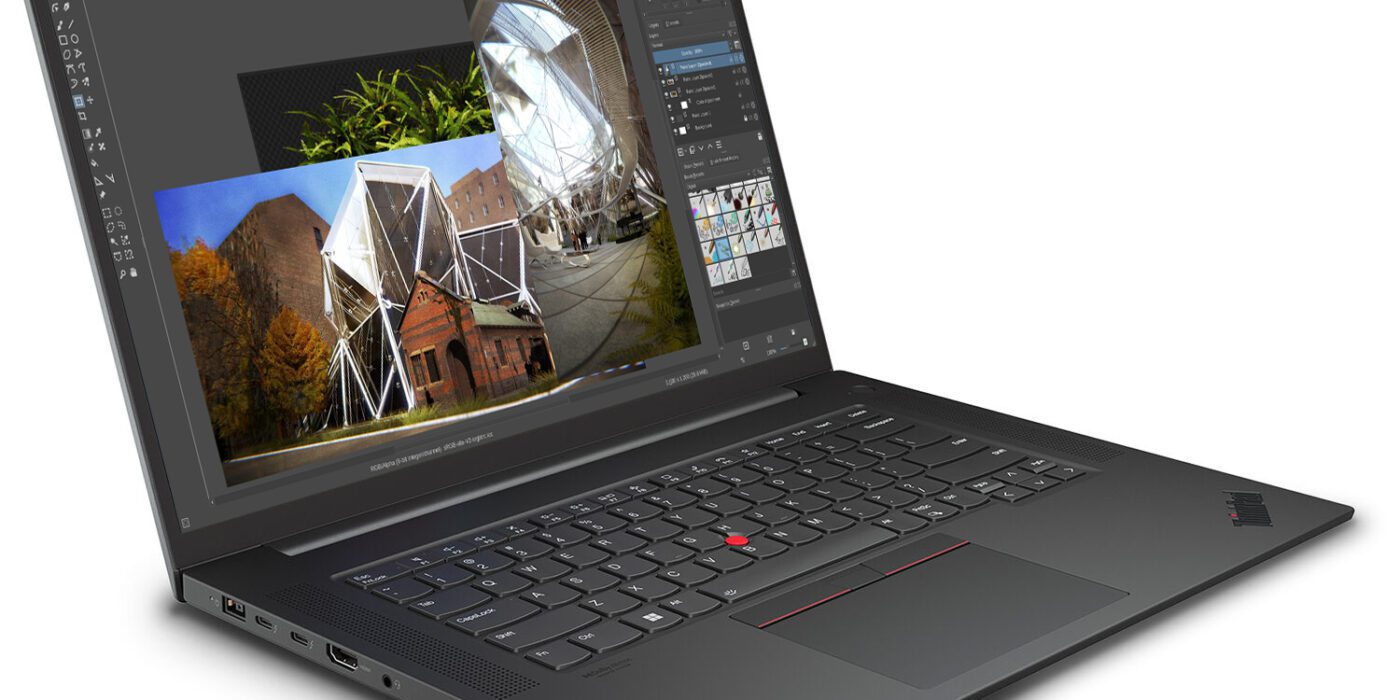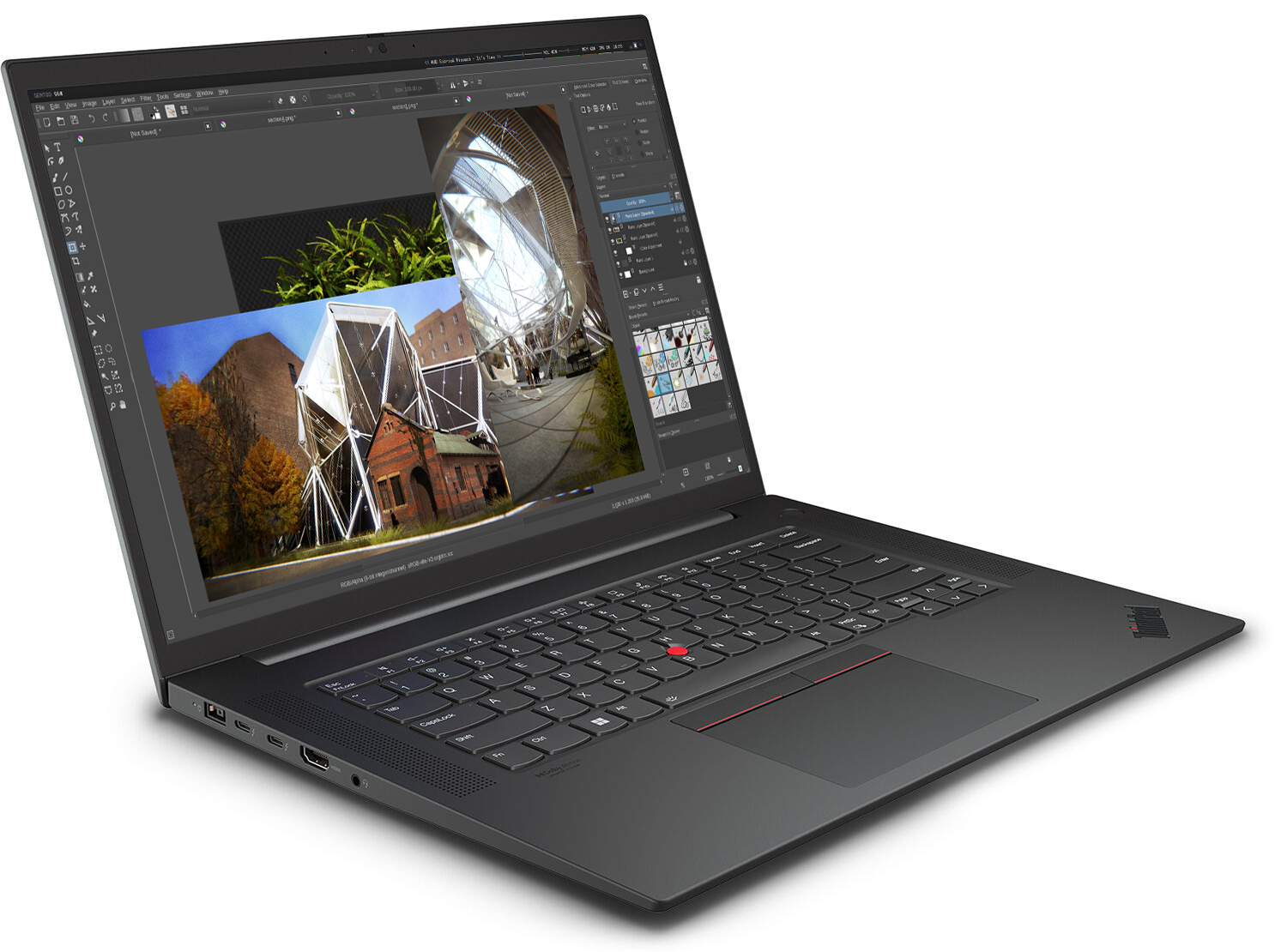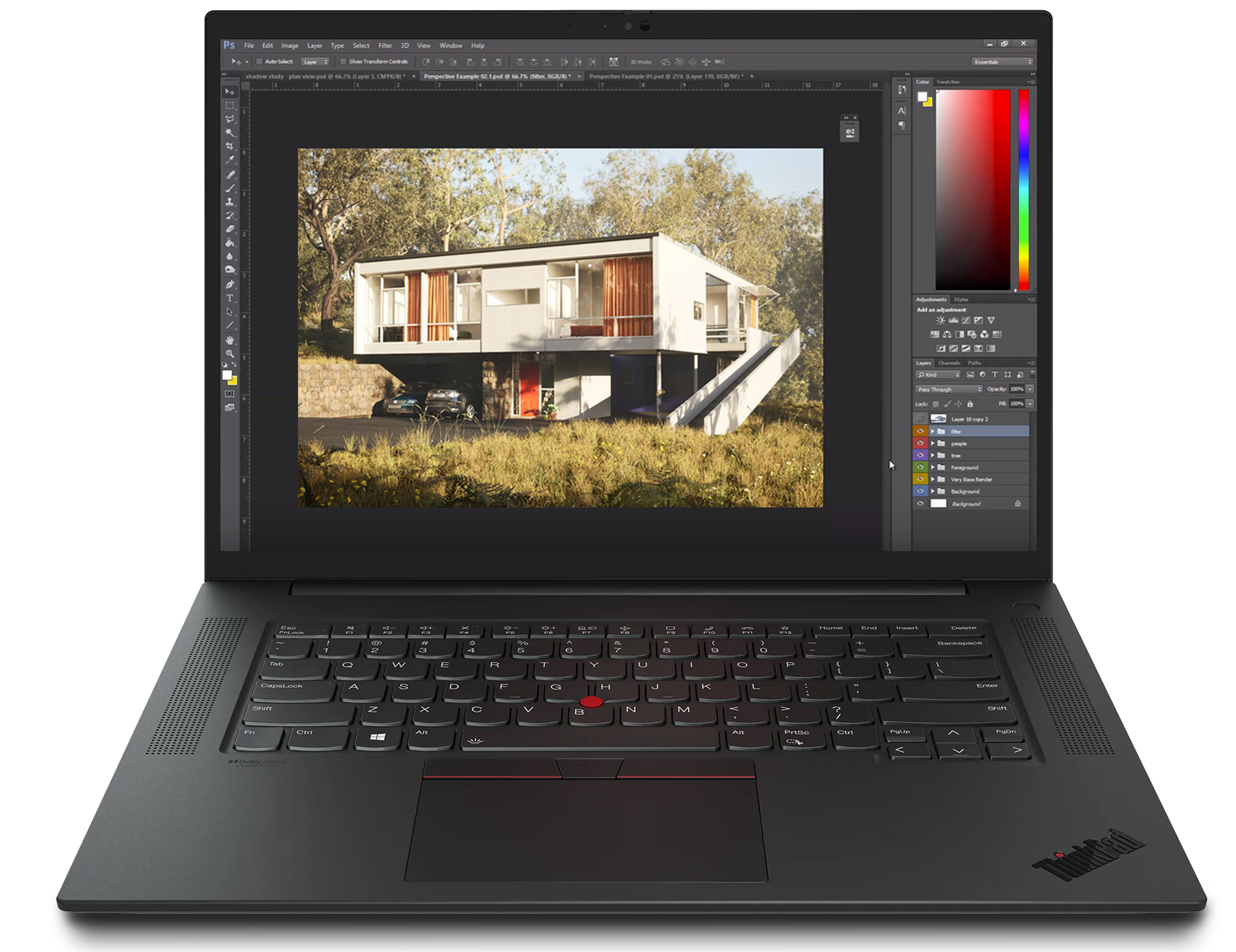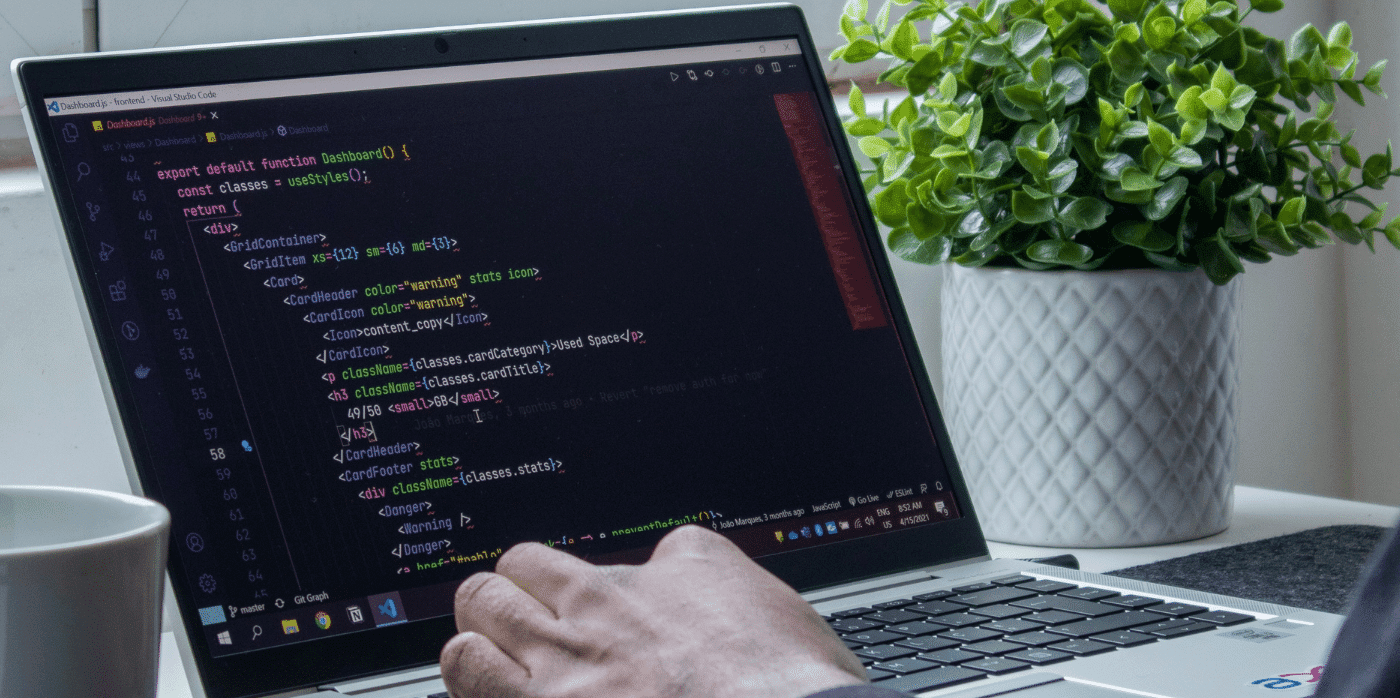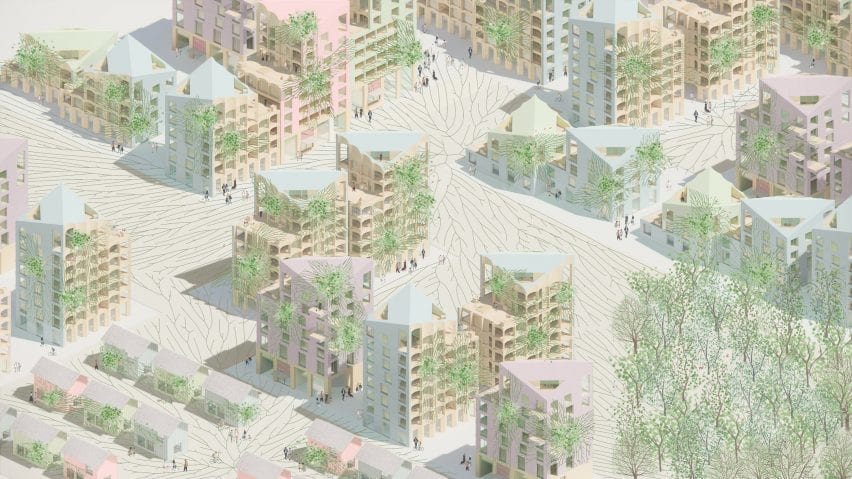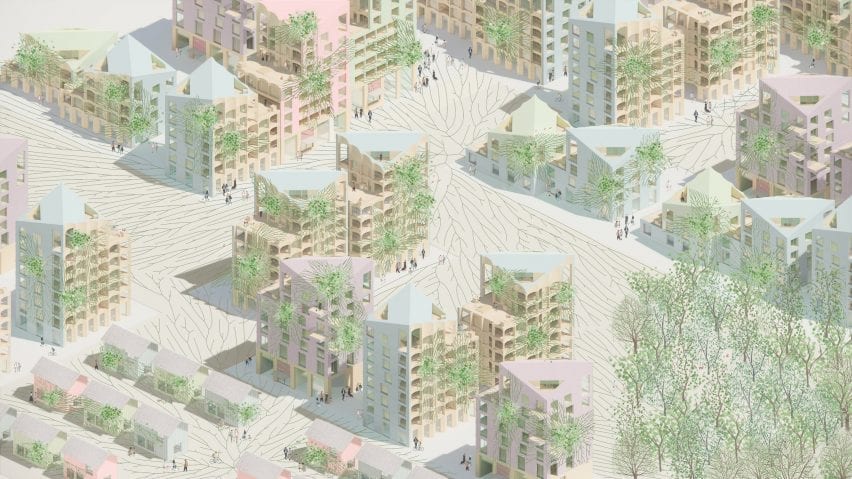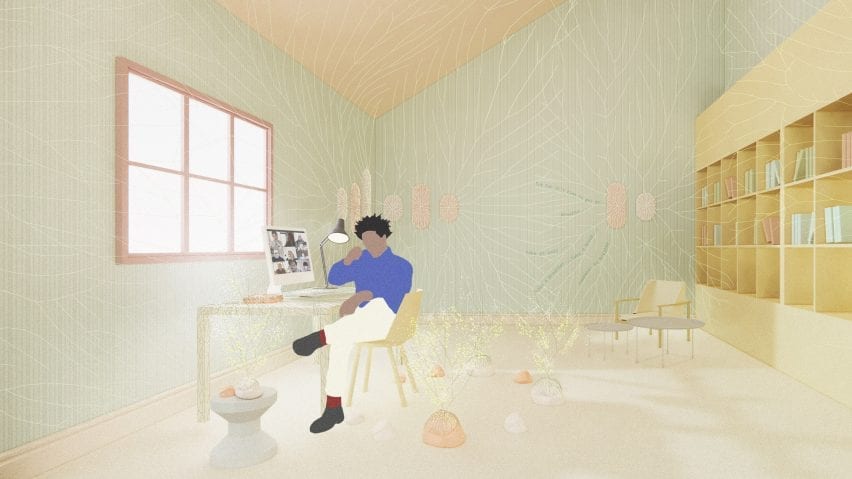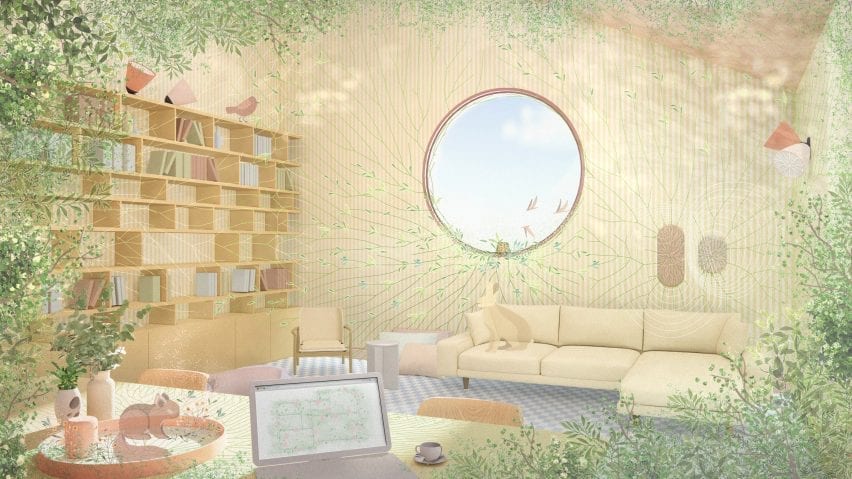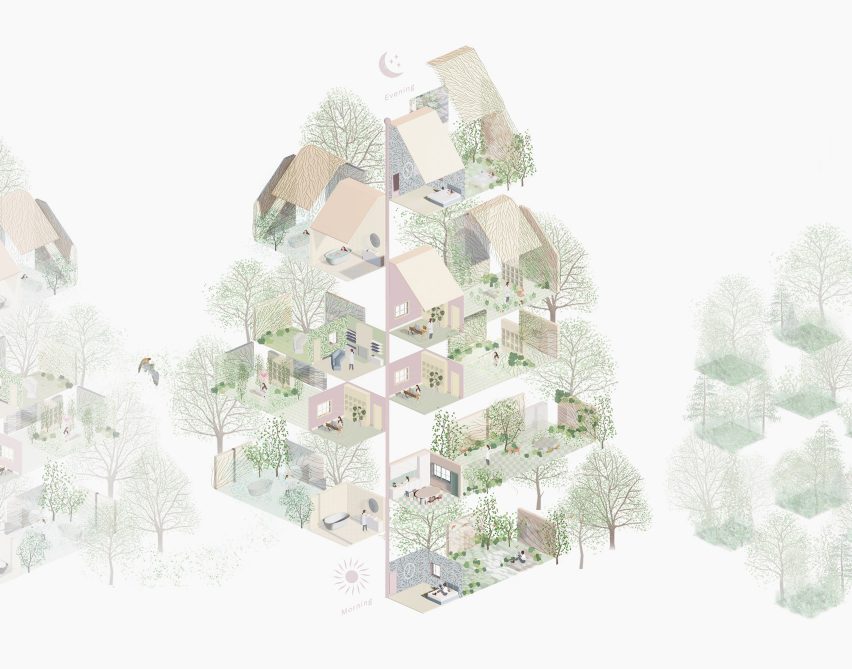Eitan Tsarfati is a serial tech entrepreneur and Co-Founder and CEO of Swapp, an AI-based construction planning company that partners with architects to leverage the power of AI-driven platforms.
Retaining up-and-coming architects poses an immediate and serious challenge for the entire real estate development industry and for architecture firms in particular. In a December 12, 2021 article, the New York Times wrote about architects at a major firm who were considering whether to unionize. Reading the many comments other architects posted about this article reveals a true crisis in the architectural design and planning industry. Industry leaders must recognize that the rate of architect defections to other careers is systemic. Let’s analyze the problem and then understand the role new AI and machine learning technologies can and should play in achieving a long-term solution.
What factors cause entry-level and associate-level architects’ discontent and even their abandonment of the architect profession? Low pay is always a factor, as are the long hours and slow career growth that architects experience at large and prestigious architecture firms. Additionally, slow career progression often follows three years of graduate study after the bachelor’s degree.
But there is yet another factor: the pervasive assignment to less-experienced architects of the stressful, unedifying design document and construction document development work. Architects want to design. Documenting the design so construction professionals can do their engineering and building jobs may be a necessary part of the process. Still, architects would be happier if someone else, or an AI technology, were to transform their designs into the CD for the architect to review and then stamp.
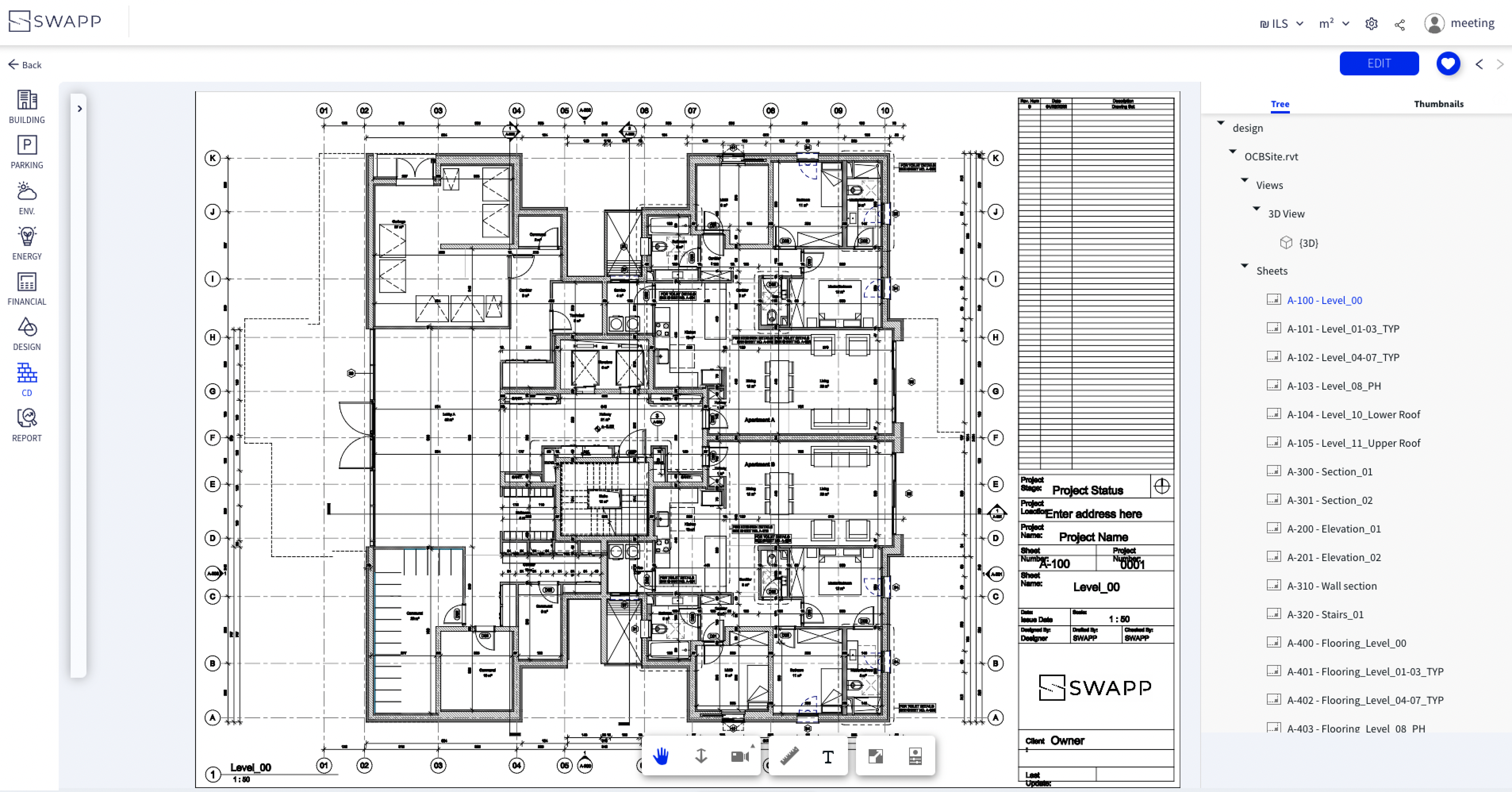
A construction document generated by SWAPP’s AI
Traditionally, architectural firms have relied on having many “hands” working many hours to develop, complete and deliver sets of complete construction documents (CD). It’s a two-step process that starts with a set of design documents (DD) followed by developing the CD, and both of these steps require a high degree of accuracy and technical skill. Often, these steps are performed in a deadline-driven, pressure-cooker environment, because when the schematic design takes more time to complete than expected, the time frames for DD and CD development naturally must absorb the delay.
What do architects think about after spending long hours for low pay developing a set of construction documents? Do they find value in doing the CD development work? Or are they thinking about the 5-to-10 years they will spend in this role and wondering if it’s worth it?
With a limited number of new architects entering the field each year and the continual pressure from clients to deliver work ever more quickly, architects and architecture firms need a technology solution that relieves architects of the construction document design burden, while still getting this essential work done. The use of new AI technologies for these tasks will not only ensure accurate and quick generation of CDs, but will also result in higher retention rates of valuable architect employees.
Once upon a time, the prestige of architecture as a profession and the intrinsically rewarding nature of architecture attracted professionals by offering a career that spans several creative as well as technical disciplines. However, in today’s world of smart-everything, new entrants to the architecture profession are technically savvy. They expect the tools they use at work to be intelligent. They aren’t willing to spend multiple years doing tasks that a machine can do more quickly and with equal or better accuracy, while they wait for the opportunity to contribute to the aspects of architectural design that attracted them to the profession in the first place.
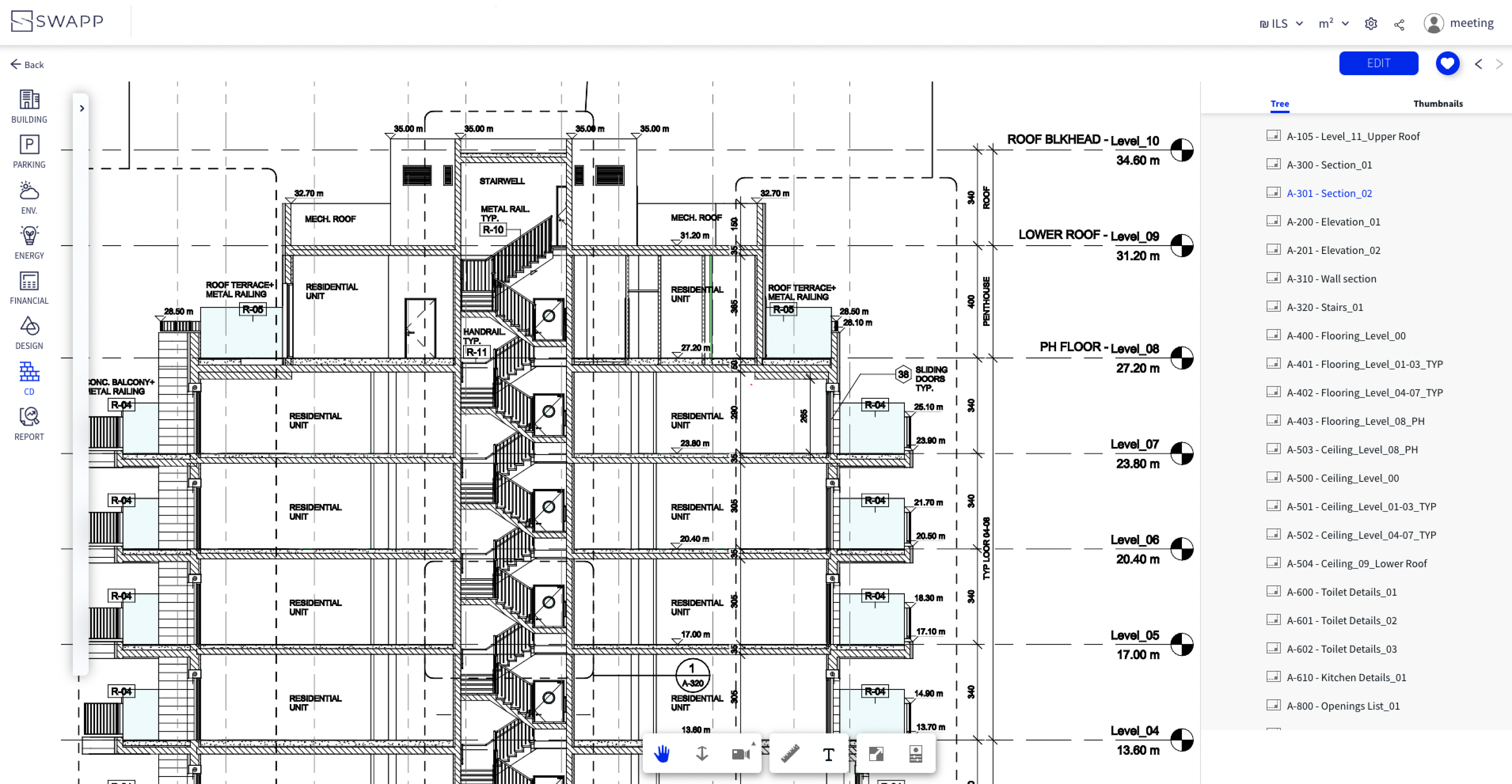
A construction document generated by SWAPP’s AI
Just as they want to be able to plan all the details of a vacation road trip, then get in a self-driving car and relax while the car takes them where they want to go, architects want to spend the time allotted to their work creating the architectural designs, then “hand off” the design decisions to an intelligent tool that produces the necessary construction documents or revision options. They want relief from the tedious last step of the design delivery process.
Like other professions that used to assume the easy availability of a steady stream of new professionals willing to trade long hours in junior roles for bright futures as principals and industry leaders, architecture firms now face competition from “high tech”. The ranks of future architects — the creative, talented and bright individuals studying architecture and starting careers — may be wooed away by the higher pay, less oversight by older generations and a quicker path to the top that “high tech” offers.
Nevertheless, the good news is that “high tech” is also now solving the architect retention problem! New technologies enable architects to spend most, if not all of their time on design and planning work, and then to simply — and literally — “push a button” to produce clean, accurate and complete construction documents. In addition, architects can use these same technologies to make quick work of the time-consuming tasks of producing design alternatives to meet the needs of change requests and other “curve balls” that cause late-night work crunches.
https://www.youtube.com/watch?v=h-D5-6koRf8
By utilizing automated tools and artificial intelligence, these new technologies — of which Swapp is proud to be one — can transform architects’ planning decisions into architectural plans and deliverable construction document sets within minutes. No longer are long hours and tedious documenting tasks required.
Are you surprised that machine learning and artificial intelligence can now support your architectural work this way? Or maybe you want to ask why now or why did it take so long for technology to advance to this point. Of course, every advancement has a story behind it. For Swapp, the story involves a small, diverse group of architects, algorithm and AI developers and entrepreneurs from the world of existing computerized architectural tools.
Other teams and companies also know about the retention problem and are building tools for architects in the AI and machine learning space, allowing for collaborations as well as competition. Ready-to-use services, features and options made possible by these new technologies are here now to solve the needs of architects and architectural firms — and more exciting tools are on the way.
Browse the Architizer Jobs Board and apply for architecture and design positions at some of the world’s best firms. Click here to sign up for our Jobs Newsletter.


